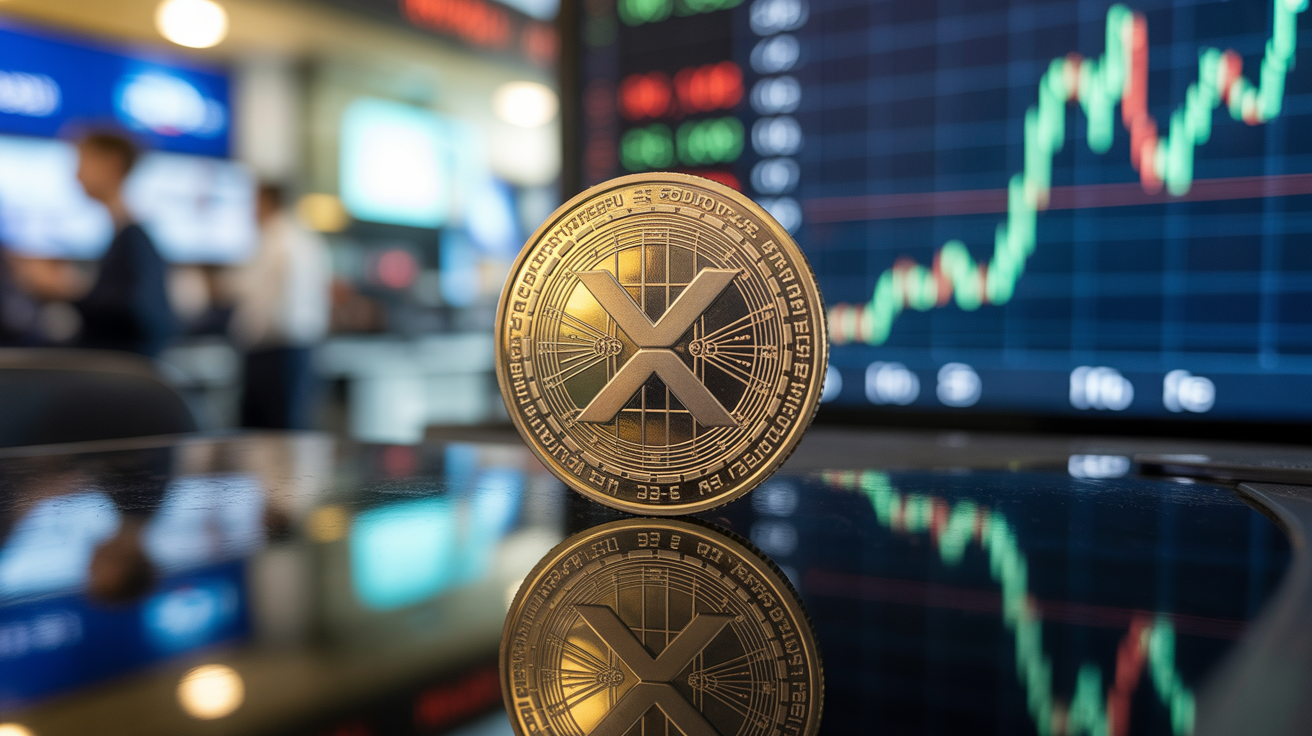Bitcoin Climbs 130% Since 2024 Sell-Off as Long-Term Holders Reinforce Positions
A year ago, Bitcoin plunged to $49,000 as global markets reacted to the unraveling of the yen carry trade. Japan’s unexpected pivot toward tighter monetary policy triggered a surge in global bond yields, reducing the appeal of borrowing cheaply in yen to invest in risk assets. The result was a swift and broad sell-off, with Bitcoin dropping nearly 30% in a matter of days.
Since that moment, market sentiment has shifted. Bitcoin has rallied over 130%, reclaiming lost ground and outperforming major asset classes. Equities have also advanced, with the S&P 500 up 24%, while gold has gained 40%, underscoring strong investor interest across both risk-on and defensive assets.
At the same time, the U.S. dollar has softened. The Dollar Index (DXY) has fallen from 103 to just below 100, as long-term bond yields climbed. The 10-year Treasury yield rose to 4.2% from 3.7%, while the 30-year advanced to 4.8% from 4.0%. International yield curves followed suit — the U.K.’s 30-year yield now sits at 5.3%, and Japan’s long bond surged from 1.9% to over 3%, a rare move in a traditionally low-rate economy.
Amid macro turbulence and shifting capital flows, long-term Bitcoin holders have steadily increased their exposure.
Glassnode’s HODL Waves — which track the age of coins on-chain — show a rise in long-duration holdings. The share of Bitcoin held for 7 to 10 years has grown to over 8%, doubling from 4% last year. Coins held between 6 and 12 months have also increased significantly, from 8% to 15%, suggesting that investors who entered during the early stages of the rally are continuing to hold.
Meanwhile, the share of supply held for under three months has also risen, pointing to increased participation from newer buyers — some of whom may be chasing higher prices amid strong upward momentum.
Despite short-term fluctuations, the underlying trend is clear: conviction among long-term holders remains intact. As global rate dynamics evolve and institutional demand for digital assets matures, Bitcoin’s recovery appears to be supported by more than just speculative interest — it’s being underpinned by deepening, time-tested hands.





























